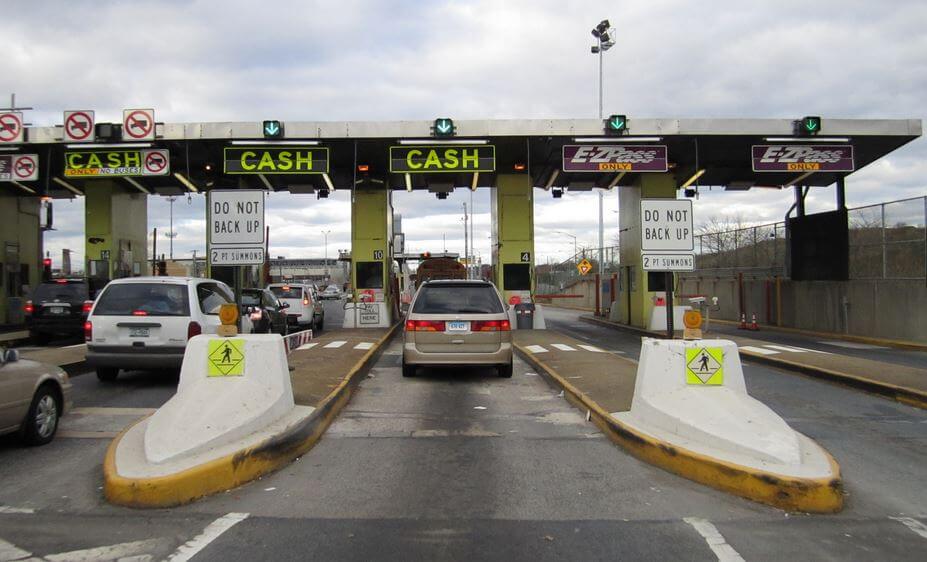Everyone agrees I-81 needs an upgrade. The high ratio of trucks to cars, coupled with the hilly terrain, result in dangerous and frustrating travel on what is a major national artery. The major parts of I-81 were finished around the early 70’s. After 50 years, improvements are needed, as they are on all major Virginia interstates.
Tolls have been proposed by Senator Obenshain and others to fund the necessary improvements. However, If tolls are used instead of conventional funding from VDOT and FHWA, the resulting traffic diversion may cause problems on other highways throughout Virginia. Putting substantial tolls on truckers in the I-81 corridor would lead to even more congestion on I-95 and deteriorating conditions on roads like US 29 and US 340.
Most toll options seem designed to put the financial burden on long distance truckers and occasional users by offering annual passenger vehicle passes and not tolling short distance travel. If sufficient revenues are to be raised to fund major improvements ($3 billion?), those tolls will be high enough to cause truckers to reconsider their routes. For long distance truckers, this will not mean using Route 11 but rather I-95, US 29-15 and I-77 and 79 through West Virginia. A glance at a map will show that a trucker carrying freight from Atlanta and the southeast to New York and other major northeastern population centers would use I-85 and I-95 as the shortest route. However, as we know, I-95 is also a traffic disaster. Many trucks are on I-81 to avoid congestion in the I-95 corridor. However, if the tolls on I-81 are set at somewhere around 15 to 20 cents a mile, using I-81 would cost the trucker another $50 or so a trip. That would lead to truckers to take another route, even if it took longer. If the average trucker makes $25 an hour, even a route that took two hours longer might be worthwhile (depending on the extra mileage, if any, from the alternative route).
Unfortunately, the more truckers divert to avoid the tolls, the higher the tolls would have to be to fund the project, leading to still more traffic diversion. If tolls are seen as essential, we should consider putting tolls on all Virginia interstates. Lower tolls would lead to less traffic diversion and I-95 could also do with some major improvements (or build a new north-south interstate quality road in the US 15 – US 29 corridor with a Potomac crossing!)
The answer is not tolls. Highway funding needs to be a higher priority for Virginia’s government. The 2019 budget calls for $1.7 billion for construction outside of Northern VA and Hampton Roads (those two areas get $471 million for local projects). This level is far too low, as anyone who uses I-95 or I-81, would agree. Highway funds are to often diverted to transit and “traffic calming” projects when there is a real need for greater highway investment. Senator Obenshain and the others are to be congratulated on at least trying to solve the problem, but tolls are not the answer. When the State of Virginia is running a large budget surplus, the obvious answer is to apply that to meeting the neglected transportation needs of our citizens and our businesses.

